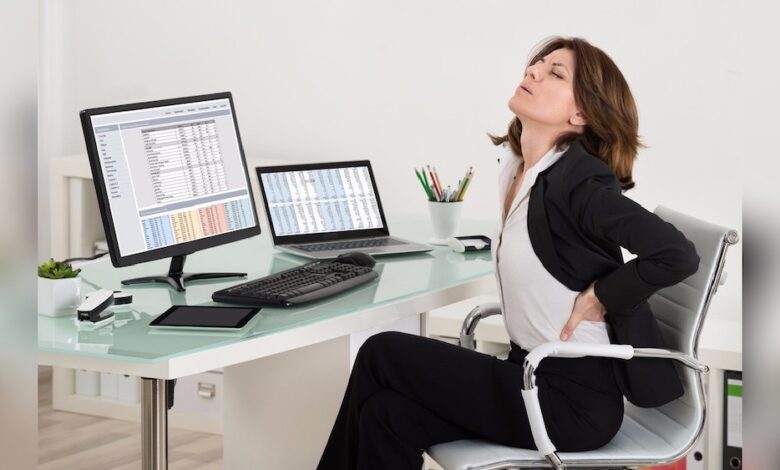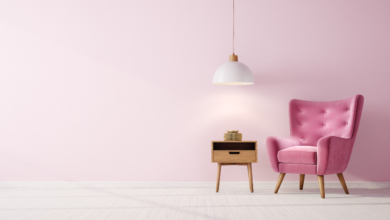5 Effective Office Ergonomics Tips to Reduce Eye Strain

Given that our working environment is filled with screens from computers or smartphones, fighting against eye strain has become a crucial need to human health and productivity. Therefore, individuals using computers for an extended periods face discomfort, eye tiredness, and possibly, permanent eye difficulties. Fortunately, there are ways to improve office ergonomics and minimize the possible eye strain and improve your health this way.
Optimal Lighting Conditions:
Low light levels can strain your eyes and therefore cause discomfort. When setting up your home office, consider the placement of your home office ceiling lights to ensure optimal lighting conditions and minimize eye strain. To maintain effective lighting in your working area aim to use both natural light and artificial forms of lighting. Place your desk in a manner that it does not face directly the windows and ensure that the monitor is not put in a section with a strong light source. Try to avoid task lighting which creates shadows on the work area or glare on the screen such as replacing incandescent bulbs with halogen lights.
Proper Monitor Positioning:
The placement of the monitor is another aspect that has a significant influence on the kind of strain that the eyes have to endure. Position your monitor with its center at least 26 inches away from your eyes, with the top of the viewpoints at the eye level. This positioning also contributes to decreasing drastically eye movements needed and avoiding the strain of the neck. Further, check and set the correct brightness/contrast settings and it is very advisable to use anti-glare screen filter where possible due to amount of light that may got to the computer.
Regular Eye Breaks and Blinking Exercises:
In this case, one may spend many hours glued to the screen whether it is a computer screen, tablet, or television and end up with dry and tired eyes. Consider implementing off-center ceiling light solution to reduce glare and create a more balanced illumination environment. Counter this by using the measures pointed above occasionally to relax your eyes from the strain. Follow the 20-20-20 rule: There should be a rule of every twenty minutes one should take break of twenty seconds and look at something which is at least 20 feet away so as to give relief to the eyes. Further, they encourage eye exercises that help the eyes become moist and lubricated to function throughout the day.
Ergonomic Workstation Setup:
The use of an ergonomic workstation will help the users reduce effects caused by musculoskeletal disorders such as eye strain. Buy a chair that can flex in several areas which can stand, lean and tilt. Buy the one that supports your lower back and enables you to have a neutral spinal alignment when exercising. Make sure you put your keyboard and your mouse in a comfortable position to reduce the chances of getting a wrist strain and your feet should be flat on the floor or resting on a footrest.
Regular Eye Examinations:
Some of these include acquiring vision ailment and making sure that they get treated on time so that they do not spread to worse ailment. Regular check-ups with a licensed optometrist or an ophthalmologist recommended when you are aged seven and above or when you do not require a vision correction aid. Your eye care professional can check your vision and, depending on it, can prescribe some medications or instruments to correct it. To ensure that you do not suffer from eye strain and several other related eye issues, it is important to be very vigilant and take appropriate measures as soon as notice any odd symptoms.
By applying these five ergonomic tips at the workplace can go a long way to reduce eye strain thereby promoting good overall health. Challenges such as eye strain and discomfort are inevitable in a workstation that involves screen time but by following the outlined techniques, one can easily reduce the impacts and continue feeling comfortable in the working space. Please take care of your eyes and mind because they are a very important tool to each one of you. Both of these are true, which means that with the right strategies applied, you can work much more efficiently, feel much better, and protect your vision for many years to come.



